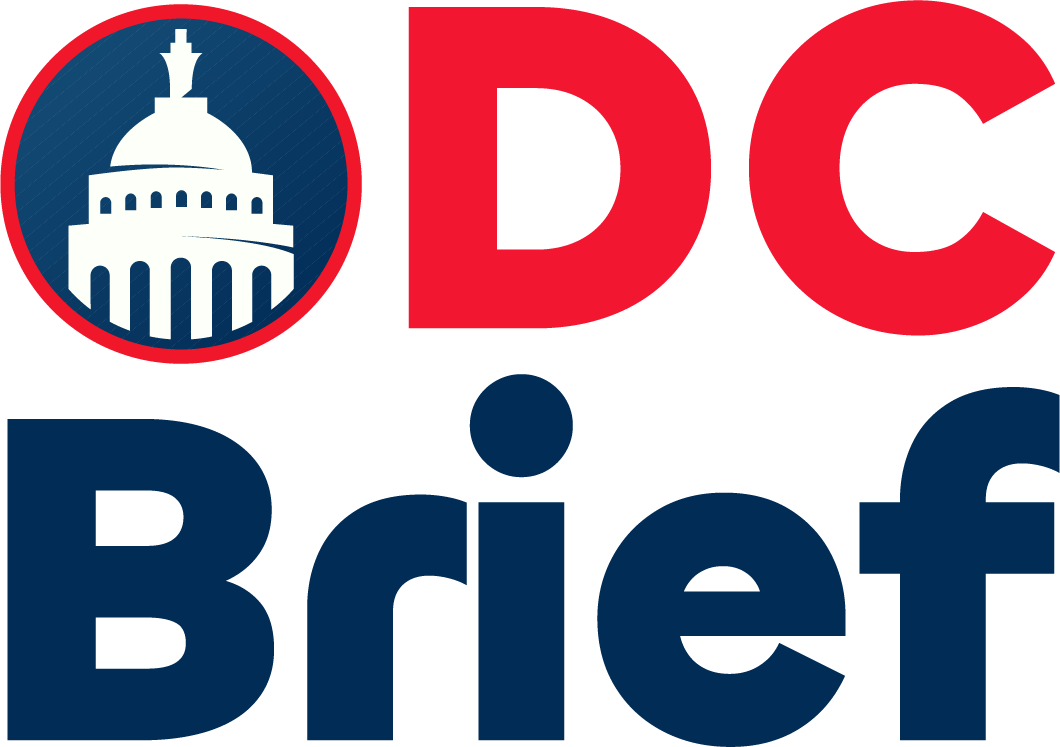Major corporations are increasingly attributing widespread layoffs to the adoption of artificial intelligence. However, critics now argue that AI serves as a convenient scapegoat for strategic workforce reductions. Companies from Accenture to Lufthansa have recently announced significant staff cuts. These firms directly link their decisions to new AI-driven efficiencies and automation. A prominent Oxford professor expresses deep skepticism regarding these public explanations. He suggests companies are using AI to justify difficult but necessary strategic workforce reductions. This narrative helps conceal other factors like post-pandemic market corrections.
The technology sector provides several high-profile examples of this emerging trend. Salesforce recently eliminated four thousand customer support roles from its payroll. The company stated that AI can now competently handle half of that workload. Fintech firm Klarna has reduced its overall staff by a staggering forty percent. The company credits its aggressive adoption of various AI tools for this change. Language app Duolingo will stop using contractors and employ AI instead. These announcements create a powerful impression of an AI-driven employment apocalypse.
Academic research and labor data, however, tell a somewhat different story. A recent report from Yale University’s Budget Lab analyzed U.S. labor markets. The data shows little evidence of widespread job disruption directly caused by AI automation. This research compared the current shift to previous technological revolutions. The analysis found that AI’s impact on employment remains relatively minimal so far. Another study from the New York Fed reached a strikingly similar conclusion. Very few firms are actually using AI to directly eliminate large numbers of positions.
Experts propose that pandemic-era overhiring is a more plausible explanation. Many companies expanded their workforces significantly during the Covid-19 boom years. The current strategic workforce reductions may simply represent a necessary market correction. Instead of admitting to past miscalculations, firms can blame advanced technology. This approach allows companies to appear innovative and forward-thinking simultaneously. A careers expert notes this tactic unnecessarily fuels employee anxiety about AI. The lack of corporate transparency creates fear and uncertainty among workers globally.
Some company statements subtly acknowledge other factors behind their decisions. The CEO of Klarna clarified that AI was only one part of their restructuring story. The firm also consolidated teams and relied on natural employee attrition. Salesforce noted it redeployed hundreds of workers into different company divisions. The debate highlights a complex relationship between technology and business strategy. While AI undoubtedly transforms certain tasks, its role in strategic workforce reductions may be overstated. The true driver appears to be a combination of economic pressures and previous overexpansion.


